Your cart is currently empty!
Category: Blog
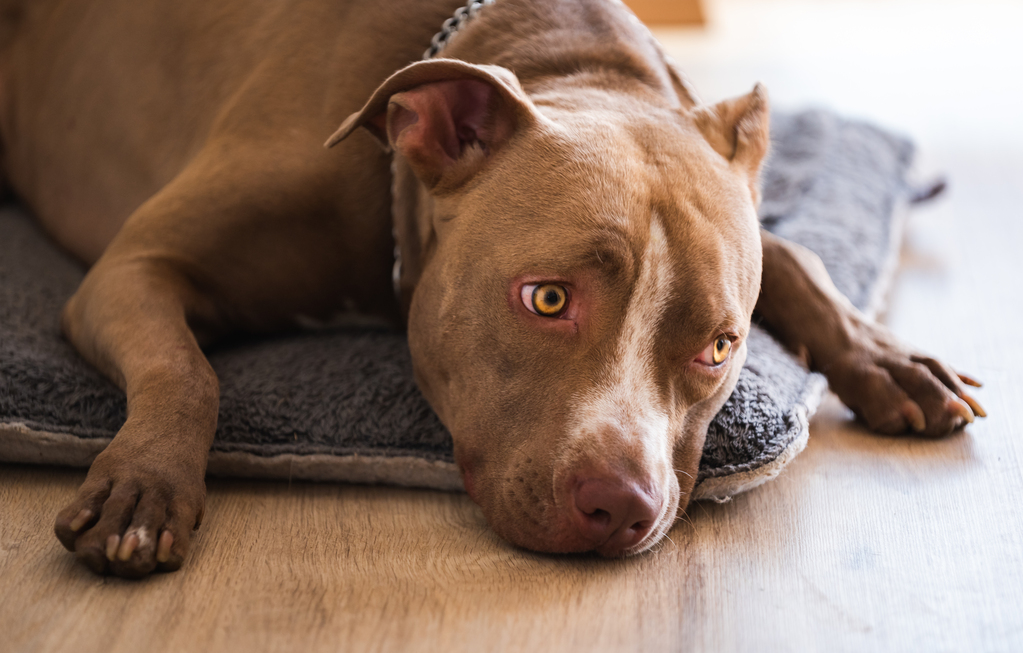
Understanding and Prevent Kidney Disease in Pets

Understanding and Prevent Kidney Disease in Pets
Kidney failure, or renal failure, is a significant health concern in both cats and dogs, characterized by the kidneys’ reduced ability to filter waste products from the bloodstream. This leads to toxin accumulation, adversely affecting overall health. The kidneys also secrete important compounds that help maintain blood pressure and stimulate red blood cell production.
Types of Kidney Failure:
- Acute Kidney Failure: A sudden decline in kidney functions, often due to toxins, infections, or reduced blood flow. With prompt treatment, it can sometimes be reversed.
- Chronic Kidney Failure: A gradual loss of kidney function over time, commonly seen in older pets. This form is typically irreversible but manageable with appropriate care.
Some causes:
Older pets are more susceptible to chronic kidney disease and Bacterial infections like leptospirosis can impair kidney function, Ingestion of substances such as antifreeze, certain medications, or toxic plants can lead to acute kidney failure and some breeds have a predisposition to kidney issues.
Symptoms:
As like increased thirst and urination, Loss of appetite, Weight loss, Lethargy, Vomiting, Bad breath with a chemical odor
Veterinarians diagnose kidney failure through:
- Blood Tests: Assess levels of waste products like urea and creatinine.
- Urinalysis: Evaluates urine concentration and the presence of abnormal substances.
- Imaging: Ultrasound or X-rays to visualize kidney structure.
Prevention:
Early detection and treatment are crucial in managing kidney failure in pets. Managing kidney failure in cats and dogs at home requires a comprehensive approach to support kidney function and maintain your pet’s quality of life. Here are key strategies to consider.
1.Hydration:
Maintaining proper hydration is crucial, as dehydration can exacerbate kidney issues. Provide fresh water at all times. Some pets may prefer running water; consider using a pet water fountain to stimulate drinking and Incorporate canned food into your pet’s diet to increase moisture intake. Adding water or low-sodium broth to their food can further enhance hydration.
2.Nutrition:
A specialized diet can reduce the kidneys’ workload. High phosphorus levels can strain the kidneys. Feeding a diet low in phosphorus is beneficial. Provide easily digestible proteins in moderate amounts to meet nutritional needs without overburdening the kidneys. Consult Veterinarian Before making dietary changes to ensure the diet meets your pet’s specific needs.
3.Medications and Supplements:
Phosphorus Binders can help control blood phosphorus levels when dietary restrictions are insufficient and Other Medications are depending on your pet’s condition, medications to manage blood pressure, nausea, or other symptoms may be necessary.
4.Monitoring:
Regular monitoring helps track disease progression and the effectiveness of treatments.
Weight checks regularly to detect changes that may indicate health issues and Behavioral Observations as like any changes in appetite, drinking habits, urination, or energy levels, and report them to your veterinarian.
5.Subcutaneous Fluids:
In some cases, administering subcutaneous fluids at home may be recommended to maintain hydration. Your veterinarian can teach you how to perform this procedure safely.
6.Environment:
Create a comfortable and stress-free environment for your pets. Ensure easy access to food, water, and litter boxes to reduce physical strain and provide soft bedding in quiet areas to promote rest and well-being.
About Us.
As pet parents ourselves, we’re devoted to the well-being of all pets in all situations. Our entire existence is dedicated to a “pet-first” mentality that seeks the most optimal outcomes in every situation.
Newsletter.
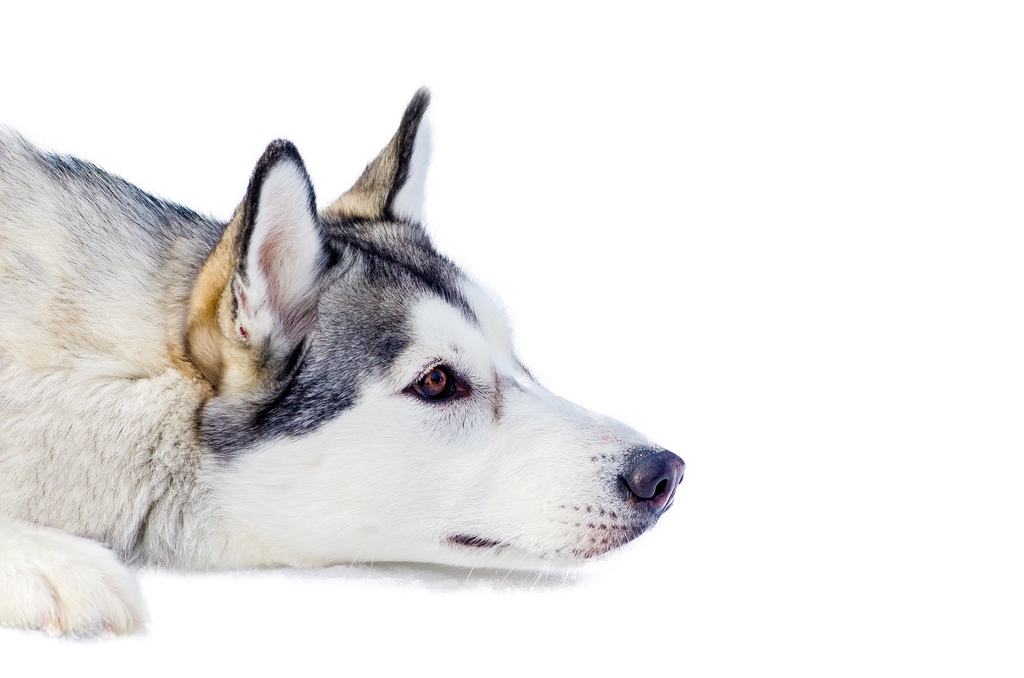
Understanding Ear and Eye Diseases in Dogs

Understanding Ear and Eye Diseases in Dogs
Dogs, like humans, can suffer from a variety of ear and eye diseases that, if left untreated, can lead to discomfort, pain, or even permanent damage. As responsible pet owners, understanding these conditions is crucial for maintaining the health and happiness of our furry companions.
Common Ear Diseases in Dogs
- Otitis Externa (Ear Infections)
- Causes: Bacteria, yeast, allergies, or foreign bodies.
- Symptoms: Redness, swelling, foul odor, head shaking, or scratching.
- Treatment: Cleaning, medicated drops, and addressing underlying causes such as allergies or parasites.
- Ear Mites
- Causes: Tiny parasites that feed on ear wax and oils.
- Symptoms: Intense itching, dark discharge, and irritation.
- Treatment: Topical or oral medications prescribed by a veterinarian.
- Hematomas
- Causes: Trauma or excessive scratching.
- Symptoms: Swollen, fluid-filled ear flap.
- Treatment: Draining the fluid and addressing the underlying cause of irritation.
- Deafness
- Causes: Genetics, age, or chronic ear infections
- Symptoms: Lack of response to sounds or commands.
- Management: Training adjustments and maintaining a safe environment.
Common Eye Diseases in Dogs
- Conjunctivitis (Pink Eye)
- Causes: Allergies, infections, or irritants.
- Symptoms: Redness, discharge, squinting, and pawing at the eyes.
- Treatment: Eye drops or ointments, and addressing underlying causes.
- Cataracts
- Causes: Aging, genetics, or diabetes.
- Symptoms: Cloudy appearance of the eye, vision impairment.
- Treatment: Surgery to remove the cataract if it significantly impairs vision.
- Glaucoma
- Causes: Increased pressure in the eye.
- Symptoms: Pain, redness, cloudiness, and vision loss.
- Treatment: Medications to reduce pressure or surgery.
- Dry Eye (Keratoconjunctivitis Sicca)
- Causes: Immune-mediated damage to tear glands.
- Symptoms: Redness, discharge, and frequent blinking.
- Treatment: Artificial tears and medications to stimulate tear production.
Prevention and Care Tips
- Regular Checkups: Routine visits to the veterinarian can help detect and treat problems early.
- Proper Grooming: Clean your dog’s ears and trim hair around the eyes to prevent infections.
- Monitor Symptoms: Be alert to changes in your dog’s behavior, such as excessive scratching, head shaking, or eye rubbing.
- Healthy Diet: A balanced diet supports overall health, including ear and eye health.
- Avoid Irritants: Keep your dog away from allergens and foreign objects that can cause irritation.
Ear and eye diseases in dogs can often be managed or prevented with proper care and attention. If you notice any signs of discomfort or unusual behavior, consult your veterinarian promptly. Early detection and treatment are key to ensuring your dog’s long-term health and well-being.
Have any questions or concerns? Consult us today.
About Us.
As pet parents ourselves, we’re devoted to the well-being of all pets in all situations. Our entire existence is dedicated to a “pet-first” mentality that seeks the most optimal outcomes in every situation.
Newsletter.
- Otitis Externa (Ear Infections)

Common Questions Pet Owners Ask Veterinary Doctors

Common Questions Pet Owners Ask Veterinary Doctors
As a pet owner, it’s natural to have many questions about your pet’s health, behavior, and overall well-being. Below are some of the most common questions pet owners ask their veterinarians, along with helpful answers.
General Health
- Q: What vaccination does my pet need?
- A: For dogs, core vaccines include rabies, distemper, parvovirus, and adenovirus. For cats, core vaccines include rabies, feline distemper, and feline calicivirus. Non-core vaccines, such as Lyme disease or feline leukemia, may be recommended depending on your pet’s lifestyle and risk factors.
- Q: How often should I bring my pet for a check-up?
- A: Puppies and kittens need frequent visits (every 3-4 weeks) until their first vaccinations are completed. Healthy adult pets should have annual check-ups, while senior pets (7+ years) benefit from biannual visits to monitor age-related health concerns.
- Q: How can I tell if my pet is healthy?
- A: A healthy pet is active, has a good appetite, and displays normal behavior. Their coat should be shiny, their eyes clear, and their gums pink. If you notice any changes in behavior, appetite loss, or unusual symptoms, it’s best to consult your vet.
Nutrition and Diet
- Q: What food is best for my pet?
- A: Choose high-quality commercial pet food labeled as “complete and balanced” for your pet’s species and life stage. For specific dietary needs (e.g., weight management, allergies), consult your vet for tailored recommendations.
- Q: How much should I feed my pet?
- A: Follow the feeding guidelines on the food package as a starting point. Adjust the portions based on your pet’s weight, age, and activity level. Regular weigh-ins will help ensure your pet maintains a healthy weight.
- Q: Can I give my pet human food?
- A: Some human foods, like cooked chicken or plain rice, can be safe in moderation. However, avoid toxic foods such as chocolate, onions, garlic, grapes, and anything with artificial sweeteners like xylitol.
Behavior and Training
- Q: Why is my pet acting aggressively?
- A: Aggression can be a result of fear, pain, or territorial instincts. It’s important to rule out any medical causes first. Behavioral training and professional guidance can help address persistent aggression.
- Q: How can I train my pet effectively?
- A: Use positive reinforcement with treats and praise. Consistency is key, and short, frequent training sessions are most effective. If your pet has behavioral issues, consider consulting a professional trainer for advanced guidance.
- Q: Why is my pet scratching or licking excessively?
- A: Excessive scratching or licking may indicate allergies, parasites, or skin infections. A vet exam, possibly with allergy testing or skin scrapings, can help identify the cause and provide treatment options.
Preventive Care
- Q: How can I prevent fleas, ticks, and worms?
- A: Use monthly preventives recommended by your vet, which can be topical, oral, or collar-based. Regular deworming is also important, especially for pets that spend time outdoors.
- Q: Should I spay or neuter my pet?
- A: Yes, spaying or neutering your pet can prevent unwanted litters, reduce the risk of certain cancers, and improve behavior. The ideal time for this procedure depends on your pet’s breed and health.
- Q: How can I protect my pet during extreme weather?
- A: In hot weather, ensure your pet has access to shade and fresh water, and avoid walking on hot surfaces. In cold weather, consider using pet-safe clothing and limit outdoor exposure to prevent frostbite or hypothermia.
Specific Health Concerns
- Q: Why is my pet vomiting or having diarrhea?
- A: Occasional vomiting or diarrhea may be due to dietary changes or minor stomach upset. However, if these symptoms persist, they could indicate infections, parasites, or other serious conditions, requiring a vet visit.
- Q: What causes bad breath in pets?
- A: Dental disease is the most common cause of bad breath in pets. Regular brushing, dental treats, and professional cleanings can help maintain oral health. Bad breath may also signal systemic issues like kidney disease.
- Q: Why is my pet losing hair or developing bald spots?
- A: Hair loss can be caused by allergies, parasites, hormonal imbalances, or fungal infections like ringworm. A thorough exam and diagnostic tests can help determine the underlying cause.
Emergency Preparedness
- Q: What should I do if my pet is injured?
- A: Stay calm and provide basic first aid. Stop bleeding with a clean cloth, immobilize any broken limbs, and transport your pet to the vet immediately for further care.
- Q: What are signs of poisoning?
- A: Symptoms of poisoning include drooling, vomiting, seizures, lethargy, or difficulty breathing. If you suspect poisoning, contact your vet or an emergency clinic immediately.
- Q: Should I keep a pet first-aid kit?
- A: Yes, a pet first-aid kit should include items like bandages, antiseptic wipes, tweezers, gloves, and a pet thermometer. Keep your vet’s contact information handy for emergencies.
End-of-Life Care
- Q: How can I make my pet comfortable in their final days?
- A: Provide a quiet, stress-free environment with soft bedding and easy access to food and water. Pain management and palliative care may be needed to ensure comfort.
- Q: How do I know when euthanasia is the right decision?
- A: Assess your pet’s quality of life by considering their mobility, appetite, and pain levels. If they are experiencing unmanageable pain or a severe decline in health, consult your vet to discuss euthanasia as an option.
About Us.
As pet parents ourselves, we’re devoted to the well-being of all pets in all situations. Our entire existence is dedicated to a “pet-first” mentality that seeks the most optimal outcomes in every situation.
Newsletter.
- Q: What vaccination does my pet need?

What is Separation Anxiety in Pets?

What is Separation Anxiety in Pets?
Separation anxiety is a behavioral disorder in pets, particularly dogs and cats, where they experience emotional distress when separated from their primary caregiver. This can manifest in a variety of ways, ranging from destructive behaviors to excessive vocalizations. Understanding the signs and addressing them early can improve your pet’s quality of life.
Signs of Separation Anxiety in Pets
- Cats:
- Excessive vocalization (crying, moaning, meowing)
- Loss of appetite or refusal to drink when the owner is away
- Eliminating in inappropriate places (often urinating)
- Vomiting, often containing food or hair
- Excessive grooming
- Destructive behavior (scratching, chewing)
- Excited greetings upon owner’s return
- Dogs:
- Destructive behavior (chewing, scratching)
- Excessive drooling
- Barking or whining excessively
- Self-harm (biting or licking)
- Inappropriate elimination (urination or defecation)
- Restlessness when the owner departs
- Panting, pacing, or cowering
- Reluctance to eat or drink
What Should I Do if I Think My Pet Has Separation Anxiety?
If you notice signs of separation anxiety, it’s important to schedule an appointment with your veterinarian. Many of these behaviors can also be related to medical issues, so a thorough examination is essential. Your vet can help with:
- Anti-anxiety medications
- Behavioral modification techniques
- Tools and strategies to alleviate stress
A healthy mind and body are crucial for your pet’s long-term well-being, and your veterinarian will work with you to ensure they live a happy, balanced life.
Tips for Easing Separation Anxiety
- Preserve the Routine:
- Pets thrive on consistency. Stick to a regular schedule for feeding, play, elimination, and rest. Even if your routine changes, try to maintain familiar activities.
- If you used to play with your pet in the morning, continue doing so before leaving. This helps reassure them that everything is normal.
- Engage Your Pet’s Instincts
- Puzzle feeders: These toys stimulate your pet’s mind and provide entertainment while you’re away.
- Sensory enrichment: Stimulate your pet’s senses by leaving a radio or TV on, or allowing them to watch birds outside.
- Physical enrichment: Offer a variety of toys and rotate them to keep things interesting. Make sure the toys are safe and appropriate for your pet.
- Create a “Go-To Space” for Your Pet:
- Designate a quiet, comfortable area where your pet can retreat when feeling stressed. This space should include their food, water, toys, and something with your scent, like a shirt or blanket.
- Acclimate Your Pet to “Leaving Cues”:
- Pets often associate certain actions (like grabbing keys or opening the door) with your departure. To reduce stress, practice these actions repeatedly without actually leaving. For example, pack your bag the night before, or open and close the door without leaving. Over time, your pet will become less sensitive to these cues.
About Us.
As pet parents ourselves, we’re devoted to the well-being of all pets in all situations. Our entire existence is dedicated to a “pet-first” mentality that seeks the most optimal outcomes in every situation.
Newsletter.
- Cats:

Adding a New Pet to Your Family

Adding a New Pet to Your Family
Bringing a new pet into your home is an exciting and rewarding experience. Your new furry friend has found their forever home, and they’re likely doing some things you expected—and maybe a few you didn’t. Understanding what’s normal and what’s not can help ease the transition for both you and your pet.
Is It Normal?
Here are some common behaviors and concerns new pet owners often have:
- Is it normal that..
- My dog has a little cough?
- My cat’s eyes are watery?
- My pet scoots its bottom on the rug?
- My dog eats poop?
- Is it normal for…
- My cat to not want to eat?
- My dog to bark at night?
- My cat to hide under the bed?
If you’re unsure about your pet’s behavior or health, scheduling a veterinary checkup is the best way to address your concerns and ensure your pet’s well-being.
Schedule Your New Pet’s First Checkup
Connecting with our veterinary healthcare team early and regularly throughout your pet’s life is the best way to keep them happy and healthy. Your pet’s first checkup is a crucial milestone. It’s an opportunity to:
- Ask questions about your pet’s health and behavior.
- Monitor your pet’s overall condition.
- Build a relationship with our veterinary team.
This initial appointment sets the stage for a lifetime of care and provides a supportive setting to discuss any concerns.
Commonly Asked Questions
Why Does My New Pet Need an Initial Veterinary Checkup?
Our veterinary healthcare team provides up-to-date information on all things pet-related. During your first consult, we’ll cover topics such as:
- Medical history
- Vaccinations
- Behavior
- Nutrition
- Housetraining
- Litterbox issues
- Socialization
- Home dental care
- Digestive concerns
- Parasite control
What Should I Bring to the Appointment?
- Your pet’s medical records (if available).
- Your pet’s medical records (if available).
- A fecal sample for testing.
Questions You Might Have:
- How do I acclimate my new pet to the household?
- How can I reduce shedding?
- What food is best for my pet?
- What kind of litter should I use?
- How do I trim a black toenail?
- What toys and treats are safe?
- How can I stop my pet from eating grass?
Do I Still Need a Checkup if My Pet Seems Healthy?
Even if your pet was examined by a shelter or breeder, it’s essential to schedule a veterinary consult. Some medical conditions are difficult to detect, even for experienced pet owners. A thorough checkup ensures your pet starts their new life in optimal health and helps prevent issues such as:
- Dental disease
- Flea and tick infestations
- Heartworm disease
- Behavior problems
- Obesity
Start Your Pet Off on the Right Paw
Your new pet’s health and happiness are important to us. Scheduling a veterinary consult early ensures a strong start and a lifetime of well-being. Together, we’ll keep your pet and everyone in your home safe and happy.
We can’t wait to meet your new furry family member!
About Us.
As pet parents ourselves, we’re devoted to the well-being of all pets in all situations. Our entire existence is dedicated to a “pet-first” mentality that seeks the most optimal outcomes in every situation.
Newsletter.
- Is it normal that..

The Benefits of Grooming Services at MomasPets

The Benefits of Grooming Services at MomasPets
Introduction
A clean, well-groomed pet is not only healthier but also happier. At MomasPets, we offer premium grooming services that go beyond a basic wash and trim. Whether your pet is staying with us for a few days or you’re simply looking for a day of pampering, our grooming services are designed to make your pet look and feel their best. Here’s why grooming is an essential part of your pet’s stay at MomasPets.1. Regular Grooming Improves Your Pet’s Health
Routine grooming helps maintain your pet’s overall health. Brushing removes dirt, tangles, and loose fur, preventing matting and promoting healthier skin and coat. It also reduces the risk of infections caused by debris, dirt, and oil buildup.2. Reduces Shedding and Allergens
Grooming is especially helpful for pets who shed. Regular baths and brushing can help reduce shedding, which is beneficial for both your pet and your home. It also helps to minimize allergens that can irritate sensitive skin or cause respiratory issues.3. Promotes Comfort and Happiness
A good grooming session isn’t just about aesthetics; it’s about comfort! Whether it’s trimming their nails to avoid painful growth or washing away dirt and odors, grooming ensures your pet feels their best. Our relaxing grooming environment makes it a stress-free experience for your pet.4. Behavioral Benefits
Grooming helps you bond with your pet while reinforcing good behavior. Regular grooming sessions are also a great way for our team to check for any potential health issues like skin conditions or parasites, allowing us to address them early.5. A Fresh Look for Your Pet
When your pet looks good, they feel good! After a grooming session at MomasPets, your pet will leave looking fresh, fluffy, and fabulous, ready to show off their new look.Conclusion
At MomasPets, grooming isn’t just a luxury – it’s an essential part of your pet’s overall care routine. From baths and brushing to nail trims and more, we offer everything your pet needs to look and feel their best. Book a grooming session during your pet’s stay today!About Us.
As pet parents ourselves, we’re devoted to the well-being of all pets in all situations. Our entire existence is dedicated to a “pet-first” mentality that seeks the most optimal outcomes in every situation.
Newsletter.
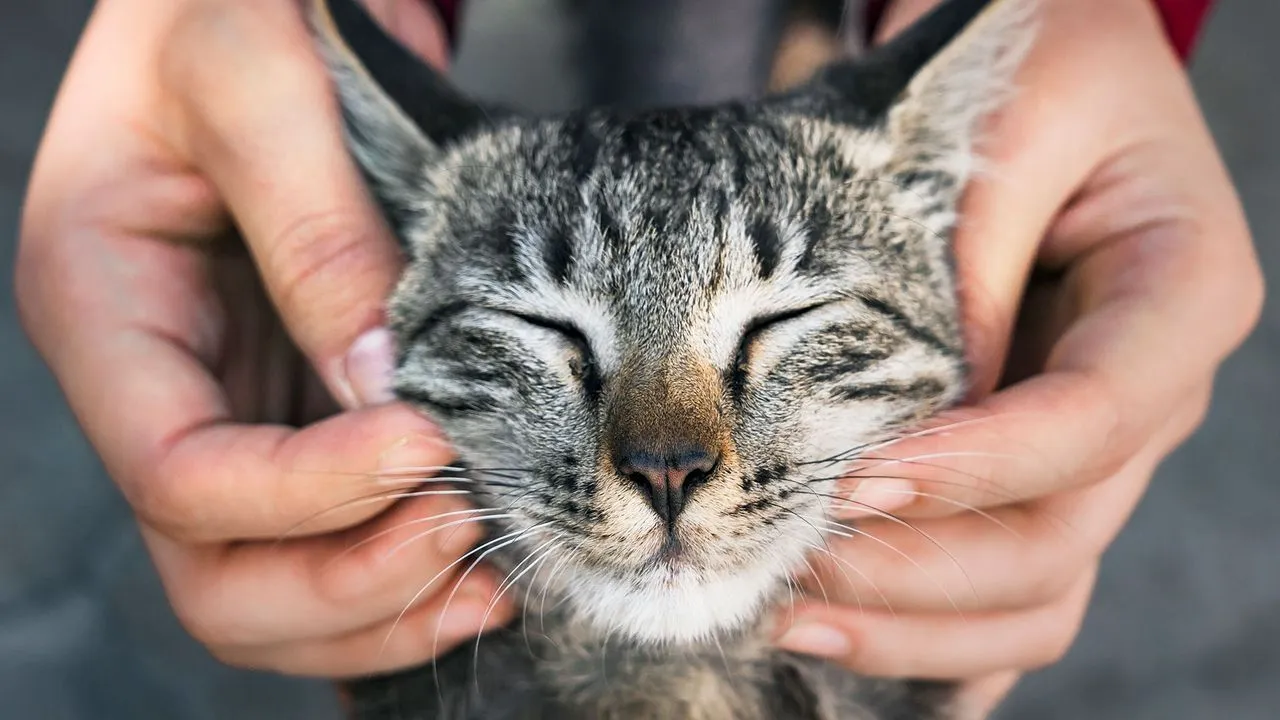
5 Ways to Prepare Your Pet for Their Stay at MomasPets

5 Ways to Prepare Your Pet for Their Stay at MomasPets
Introduction
Preparing your pet for a stay at a pet hospitality service is essential to ensure a smooth and stress-free experience for both you and your furry companion. Whether it’s their first time or they’re a seasoned traveler, here are five tips to help you get ready for their stay at MomasPets.1. Update Their Vaccinations and Health Records
Before your pet arrives at MomasPets, make sure their vaccinations are up-to-date. Providing us with their health records ensures that we can offer the best possible care and maintain a healthy environment for all our guests.2. Pack Their Favorite Comfort Items
Bringing your pet’s favorite blanket, toy, or bed can help them feel more at home during their stay. Familiar scents and objects can comfort them and make the transition smoother.3. Share Your Pet’s Routine and Preferences
At MomasPets, we tailor our services to your pet’s needs. Whether it’s feeding schedules, medication, or specific playtime preferences, let us know how we can help your pet feel comfortable and relaxed during their stay.4. Socialization and Behavior Preparation
If your pet is used to being alone or has special socialization needs, it’s helpful to prepare them in advance. A gradual introduction to new environments or other animals can make their stay more enjoyable and less stressful.5. Plan a Visit Before the Stay
If your pet is nervous about new environments, consider a short visit to MomasPets before their stay. This allows them to get familiar with our facilities and staff, making their experience more comfortable.Conclusion
By preparing your pet in advance, you help ensure that their time at MomasPets is enjoyable and stress-free. With our caring team and attention to detail, your pet will have the best stay, and you can enjoy your time away with peace of mind.About Us.
As pet parents ourselves, we’re devoted to the well-being of all pets in all situations. Our entire existence is dedicated to a “pet-first” mentality that seeks the most optimal outcomes in every situation.
Newsletter.
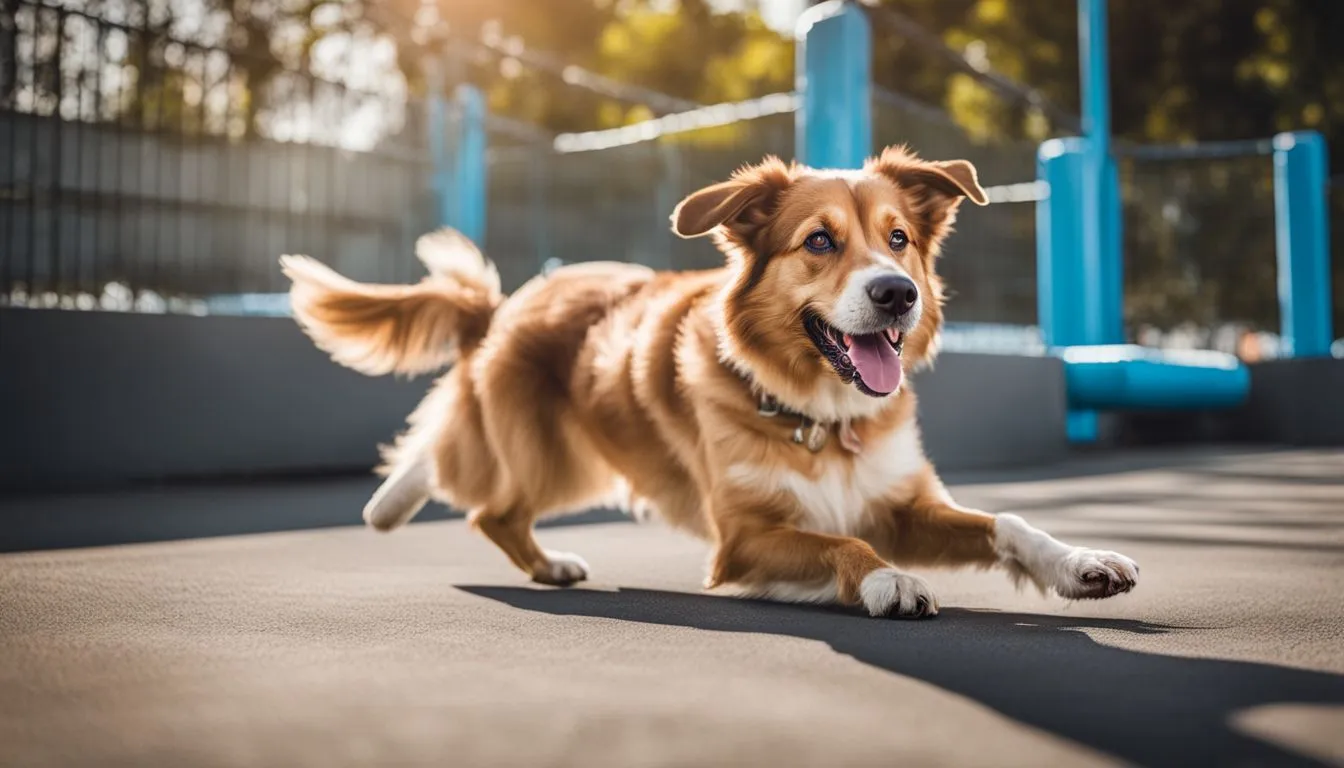
Why Choosing a Pet Hospitality Service is the Best Option for Your Pet
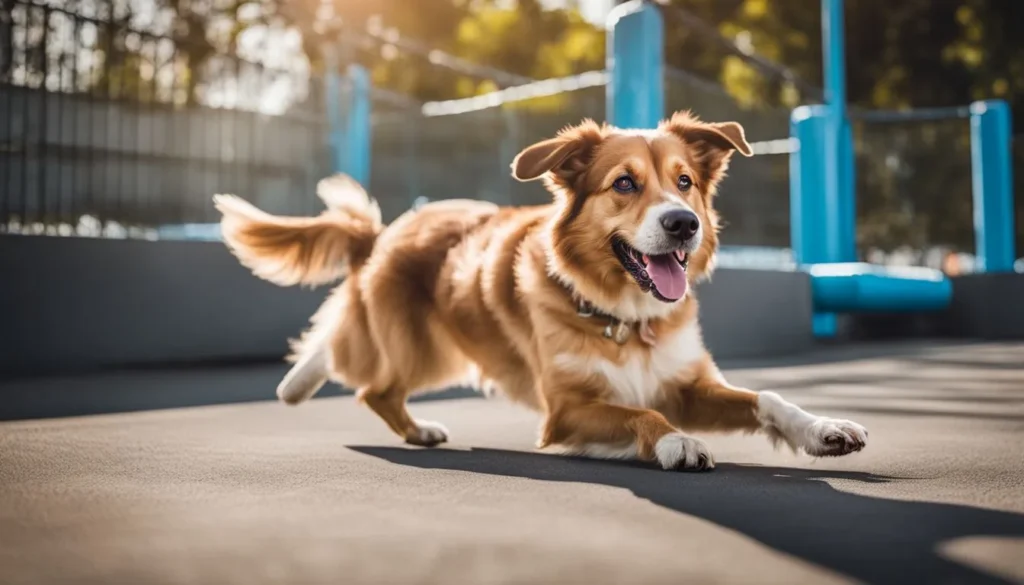
Why Choosing a Pet Hospitality Service is the Best Option for Your Pet
Introduction
As pet parents, we want the best for our furry, feathered, or scaly friends. When it’s time to travel, go on vacation, or handle work commitments, finding a trusted place for your pet can be a challenge. This is where professional pet hospitality services like MomasPets come into play. But why should you choose a dedicated pet hospitality service over a traditional boarding kennel or leaving your pet at home? Let’s explore the benefits!Why Choose Pet Hospitality?
- Individualized Care
At MomasPets, we understand that every pet is unique. From special diets and medications to particular comfort routines, we offer personalized care to cater to your pet’s individual needs. This level of attention is simply not possible in more traditional boarding setups. - Comfortable Accommodations
Unlike traditional boarding kennels, MomasPets offers spacious rooms, cozy bedding, and plenty of space for pets to play, sleep, and relax. Our facilities are designed to provide the ultimate comfort for your pets, ensuring they feel at home even when you’re away. - Expert Care
With our team of passionate pet lovers, you can be sure that your pet will receive the best care possible. Whether it’s daily playtime, grooming, or health checkups, we go above and beyond to keep your pet safe and happy.
Conclusion
When you choose MomasPets, you’re choosing peace of mind. Your pet will enjoy a fun and stress-free stay, and you’ll be able to relax knowing that they are in the best hands. Book a stay with us today and give your pet the luxurious care they deserve!About Us.
As pet parents ourselves, we’re devoted to the well-being of all pets in all situations. Our entire existence is dedicated to a “pet-first” mentality that seeks the most optimal outcomes in every situation.
Newsletter.
- Individualized Care





